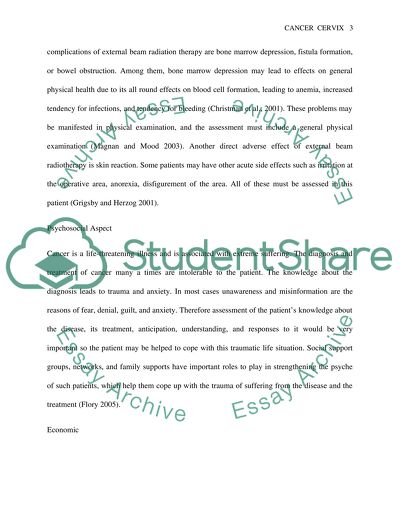Cite this document
(“Care Needs for a Patient with Cervical Cancer Case Study”, n.d.)
Retrieved from https://studentshare.org/health-sciences-medicine/1521668-care-needs-for-a-patient-with-cervical-cancer
Retrieved from https://studentshare.org/health-sciences-medicine/1521668-care-needs-for-a-patient-with-cervical-cancer
(Care Needs for a Patient With Cervical Cancer Case Study)
https://studentshare.org/health-sciences-medicine/1521668-care-needs-for-a-patient-with-cervical-cancer.
https://studentshare.org/health-sciences-medicine/1521668-care-needs-for-a-patient-with-cervical-cancer.
“Care Needs for a Patient With Cervical Cancer Case Study”, n.d. https://studentshare.org/health-sciences-medicine/1521668-care-needs-for-a-patient-with-cervical-cancer.


